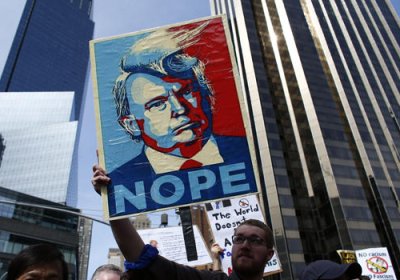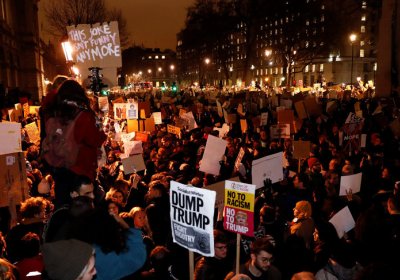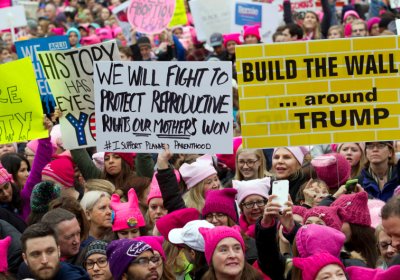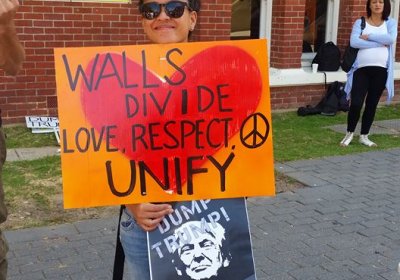Momentum for general strike call against Trump grows
“Activists are calling for people to stop working and buying things for a day to bring down Donald Trump,” The Independent reported on February 2. A nation-wide general strike has been called for February 17 to protest the Trump administration.









